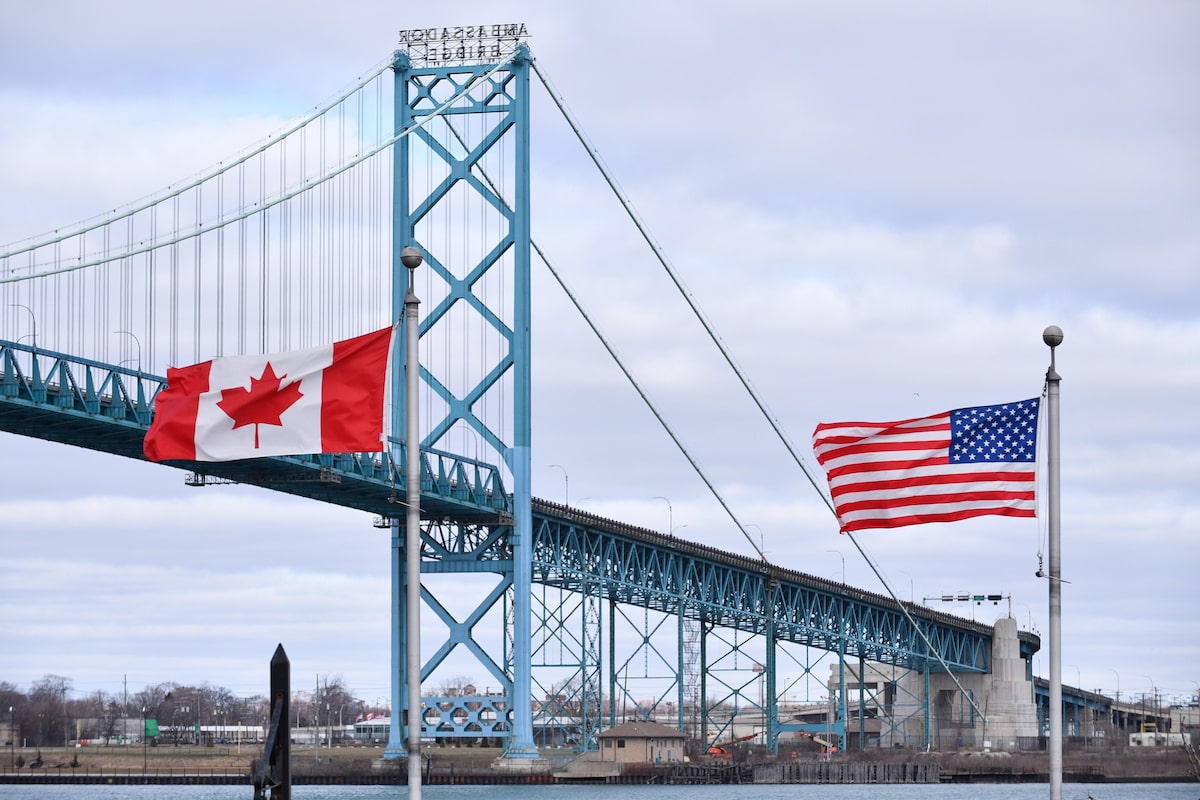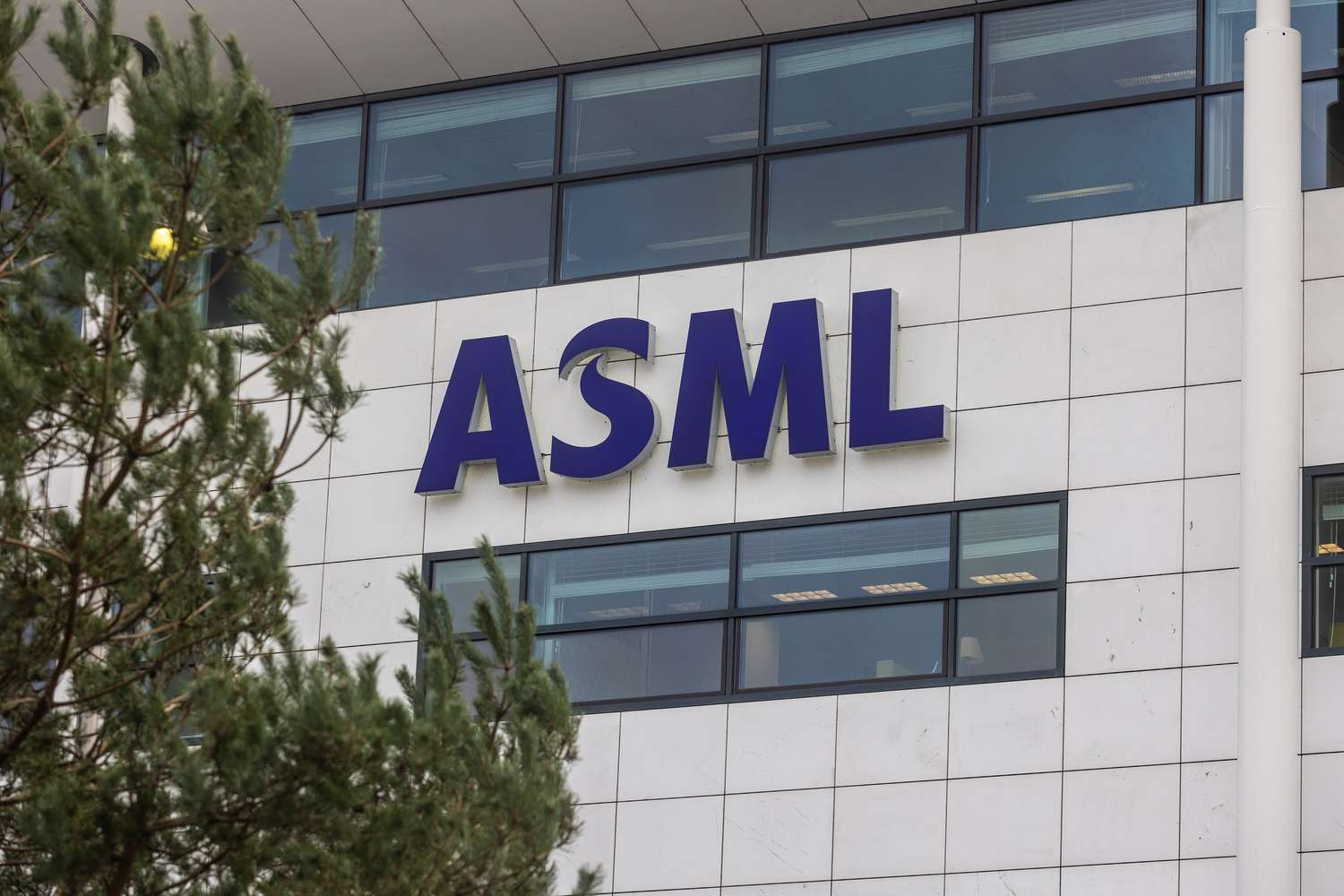Prime Minister Mark Carney made it pretty clear that President Donald Trump will accept no agreement that limits the use of tariffs as his cornerstone policy.Rob Gurdebeke/The Canadian Press
Lawrence Herman is an international lawyer with Herman & Associates and a senior fellow at the C.D. Howe Institute in Toronto.
Prime Minister Mark Carney’s frank comment this week about unlikely prospects for bilateral free trade with the U.S. is simply an expression of reality. Not much was revealed about Canada’s trade, economic and security talks with its neighbour, but the Prime Minister made it pretty clear that President Donald Trump will accept no agreement that limits the use of tariffs as his cornerstone policy.
Under Mr. Trump’s presidency, whether it’s trade or international politics, there have been no rules or constraints on his executive powers be it under U.S. law or by way of international treaties such as the World Trade Organization agreement or the United States–Mexico–Canada Agreement (USMCA). As observers have said, any trade deal is pretty much what Mr. Trump wants it to be.
Nothing illustrates this better than Mr. Trump’s recent threats in letters to about a dozen countries, including Canada, saying that the U.S. will be applying additional tariffs on all imports – 35 per cent in Canada’s case – starting Aug. 1. The letters are cut-and-paste jobs, nearly all identical, telling countries that if they don’t shift manufacturing activities to the U.S., they’ll be hit with tariffs.
Carney changes messaging, says chances are low for tariff-free trade deal with U.S.
As for what this means for Canada in Mr. Trump’s unpredictable, levy-based world, we might look to the first country that has made a deal: Britain. It was not exactly a deal in the U.K.’s favour.
Mr. Carney’s comments on Tuesday bring back the question of whether this US-UK Economic Prosperity Deal offers any kind of template for an agreement with Canada. Looking beyond the congratulatory statements by both governments, they essentially struck a handshake deal, one with Mr. Trump agreeing to reduce U.S. tariffs if the U.K. behaves.
In its analysis, the UK Trade and Business Commission said: “The deal is categorically not a free trade agreement. Though it contains commitments to reduce tariffs, the document consists mainly of a list of policy areas to be negotiated and implemented at an unspecified, later date.” The commission also concluded that “the published document does not carry the legal authority or breadth of a formal FTA.” Both sides recognized that the deal does not constitute a legally binding agreement.
British PM finalizes tariff deal with Trump at G7
While British Prime Minister Keir Starmer did not have to abandon the U.K.’s digital services tax, other aspects of the deal that also have significance for Canada show that power and control over the future lie in the Oval Office.
For example, on U.K. steel and aluminum, the U.S. didn’t abandon its 25-per-cent duties, but agreed to a possible tariff rate quota system, allowing certain volumes to be imported at lower rates. But here’s the catch: this is subject to the U.K. “promptly meeting U.S. requirements on the security of the supply chains of steel and aluminum products,” according to the deal. Only by Britain meeting these vague conditions will the U.S. consider reducing tariffs on its steel and aluminum. It’s a one-way ticket to constant harassment and threats. Good luck to Mr. Starmer and his U.K. team.
The U.K. deal could signal what Canada will face over the next couple weeks, trying to conclude some kind of agreement on steel, aluminum, automobiles, copper and possibly other sectors together with a so-called security and defence arrangement and, not to be forgotten but hanging in the background, the USMCA that comes under review next year.
Opinion: Hard line? Soft line? There may be no way of dealing with Trump that works
In former times, the finalization of zero-duty trade agreements with the U.S. was a cause for celebration, with the North American Free Trade Agreement and USMCA as examples. Today, what governments cheer aren’t duty-free trade deals but – as in the case of the U.K., along with Vietnam and Indonesia – arrangements with Mr. Trump to keep U.S. tariffs in place.
Canada’s talks with the White House have taken place behind closed doors. Maybe more information will emerge as we get closer to the arbitrary August deadline. Perhaps the Canadian side will be able to resist anything akin to what the U.K. bought – one-sided American undertakings that fall short of binding legal commitments, with limited duty-reduced access to the U.S. market but with Mr. Trump retaining all the power, free to change course on a whim.
The problem in negotiating with Mr. Trump is that, when all is said and done, there are no rules and nothing to indicate a retreat from him wielding his MAGA tariff weapon. The Prime Minister was right to reduce expectations.


